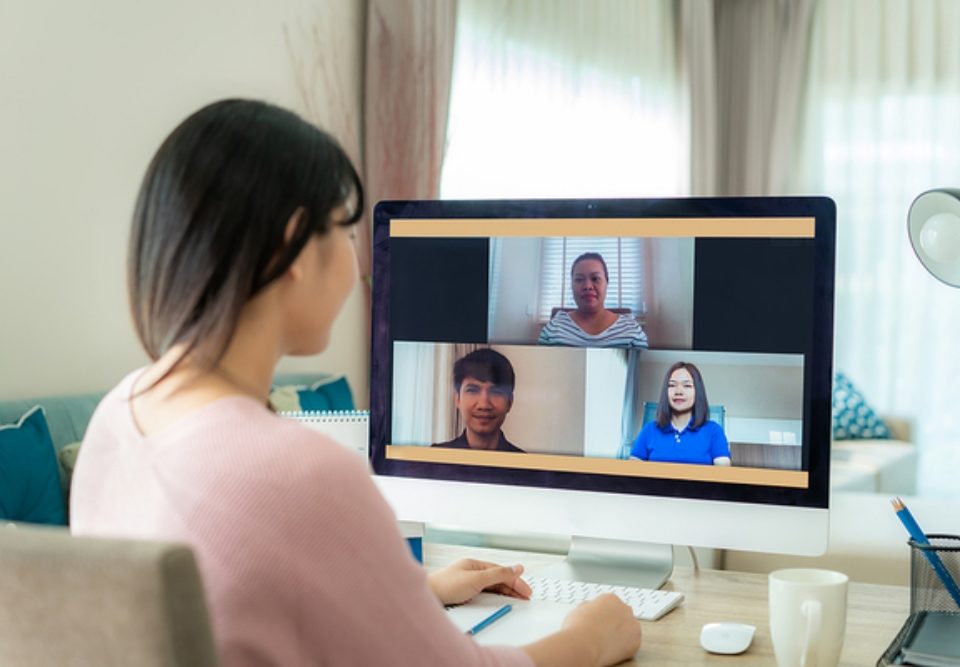
Is Your Internet Monitoring System Doing What You Want It To Do?
August 13, 2019
Top Reasons You Need User Activity Monitoring Software
August 26, 2019Advantages of Remote Employee Monitoring and Best Practices

The ability to work remotely is a great benefit for many employees. Being able to work from home, or from other places that are out of the office, gives employees greater flexibility and may enable them to do their jobs more effectively than they could from the confines of an office. However, employers can have some misgivings about allowing employees to work remotely or expanding their ability to do so.
Fortunately, some of the same technological advances that allow for increased ability to work from home also allow for employers to remotely monitor at-home or on-the-road workers, which can alleviate some of the most common concerns about remote working. Take a look at some of the greatest advantages of remote employee monitoring, as well as some of the best practices for doing so.
Calculate Billable Hours Easily
One important concern about remote working is how employers can accurately calculate the number of hours that employees spend working when they’re away from the office. After all, at home or on the road, employees don’t necessarily have access to time clocks and other tools that are used to track employee working hours in the office.
But tracking billable hours by remote employees doesn’t have to be difficult. Many tracking apps and monitoring software packages come with automatic payroll calculators. These can help you not only track the hours that your employees work and how much you will need to pay them, but they also help you with tracking billable hours to determine how much your clients owe. In fields where hours billable to clients are especially important and require meticulous record-keeping, such as the legal field, these tools can be very important for accurate record-keeping and billing.
Improve Productivity
Working from home can be beneficial, but also highly distracting.
Remote working can have many advantages, but there’s no getting around the fact that employees who are working from home or from another location outside of the office are exposed to more non-work-related distractions than employees who work from the office. Some employees will naturally be better than others at ignoring these distractions and focusing on their work than others, but there’s no reason not to give employees a productivity boost if you can.
Monitoring software can help provide the productivity boost that remote employees need. Just knowing that they’re being monitored can help employees increase their focus and shut out distractions. This can help them eliminate careless mistakes and avoid procrastination.
Protect Company Assets
One major drawback of remote working arrangements is that they can expose your company to a greater risk of data breaches or other types of security risk. Your office network probably has firewalls and other safety measures in place that can help prevent viruses from attacking your system or malicious actors from breaching your confidential files. But when you have employees working from their home network – or even from potentially insecure public networks – there’s a much greater risk of some type of data breach.
Fortunately, remote employee monitoring software can help with this problem as well. Employee monitoring software can help you see all kinds of activity – such as whether large chunks of data are being accessed or downloaded, or whether employees are visiting insecure websites or opening personal email on company-issued devices.
This kind of information can help you plug leaks and shore up insecurities before they become a serious problem for your company. What’s more, not only are employees more productive when they’re aware that they’re being monitored, they are also more likely to take security measures that they might otherwise skip to save time or avoid hassle.
Offer More Objective Performance Reviews
Remote employee monitoring gives you the information that you need to give your employees valuable feedback and guidance.
When you’re not around to see how your employees are working, it can be difficult to evaluate their work properly. You might also find that employees make errors and mistakes that aren’t caught until the finished project is in place when those errors could have been more easily dealt with if they’d been noticed during an earlier stage in the process.
With employee monitoring software, you can get detailed reports on your employees’ activities, as well as periodic screenshots of their work. This can help you catch errors in the early stages of a process and evaluate the work that an employee is doing during all stages of the process, not just at the end. In addition to cutting down on costly mistakes, this can help you see which employees are in need of additional training and support.
You can give more detailed and objective performance reviews and help employees improve themselves professionally. This is good for your company and good for your employees as well – you get better quality work from them, and they get a better shot at achieving their professional goals.
Remote Monitoring Best Practices
When implementing a remote employee monitoring system, it’s important to follow certain best practices, starting with onboarding. Remote employees are sometimes left out of orientations, trainings, and other informational sessions that are normally done in a group setting, but it’s vital to make sure that remote employees are in the loop on matters of employee monitoring.
It’s important to be upfront about employee monitoring practices that you’ll be using with remote employees. They need to know what systems are in place and how you’ll use the information that you collect. Be open to employees’ questions and concerns about their own personal privacy and how private information that’s collected on company devices will be handled.
In the US, employers generally are allowed to monitor their employees to a reasonable degree – though laws may vary somewhat from state to state – but if you have employees who will be working remotely from outside of the country, be certain to familiarize yourself with the laws and regulations that are applicable in the countries they’ll be working from. The newly implemented General Data Protection Regulation (GDPR) that applies to the European Union is an example of the kind of data protection and privacy law that you need to be aware of when you have remote workers operating outside of the United States.
Remote employee monitoring is just one way that employee monitoring software can help improve both the company’s security and the employee’s performance. Find out more about what remote employee monitoring software can do for your company.



